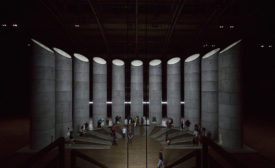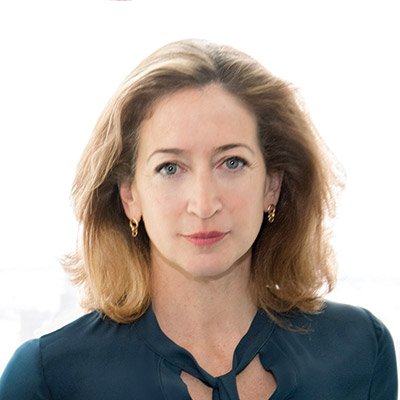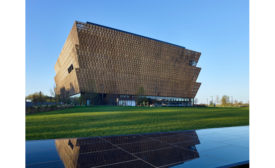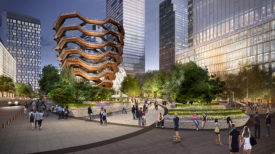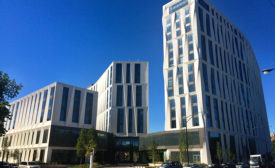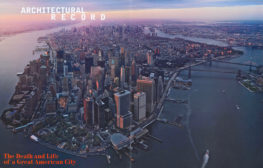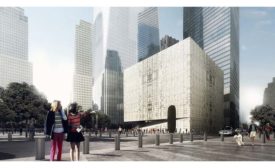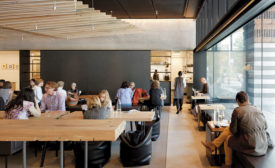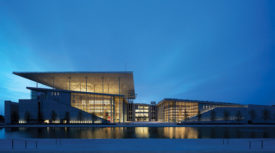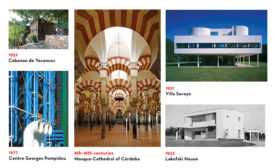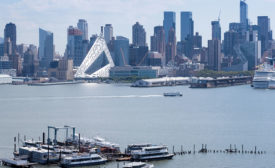Featured on Home Page
Sparkling New Dorm by Jeanne Gang Opens at the University of Chicago
Studio Gang’s Campus North Residential Commons looks to build community.
Read More
Architectural Record Remembers September 11
Fifteen years later, the magazine looks back on our coverage of the tragedy that changed the world.
Read More
Ground Zero Art Center Design Revealed
Designed by Joshua Prince-Ramus of REX, the Ronald O. Perelman Performing Arts Center will be a marble-clad cube.
Read More
Celebrating 125 Years: The Past
My Favorite Building
RECORD asked a dozen leading architects to tell us which single building had the biggest impact on their thinking and design. Some of their answers may surprise you.
Read More
Copyright ©2024. All Rights Reserved BNP Media.
Design, CMS, Hosting & Web Development :: ePublishing
